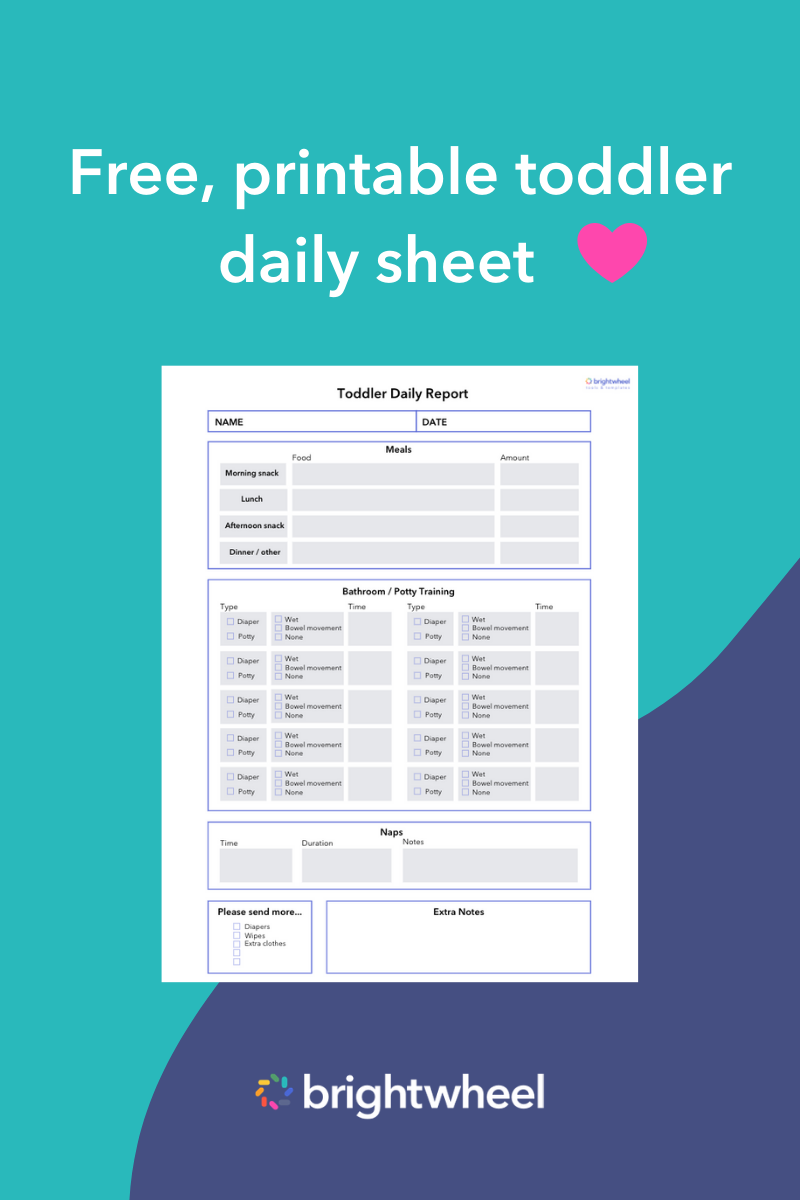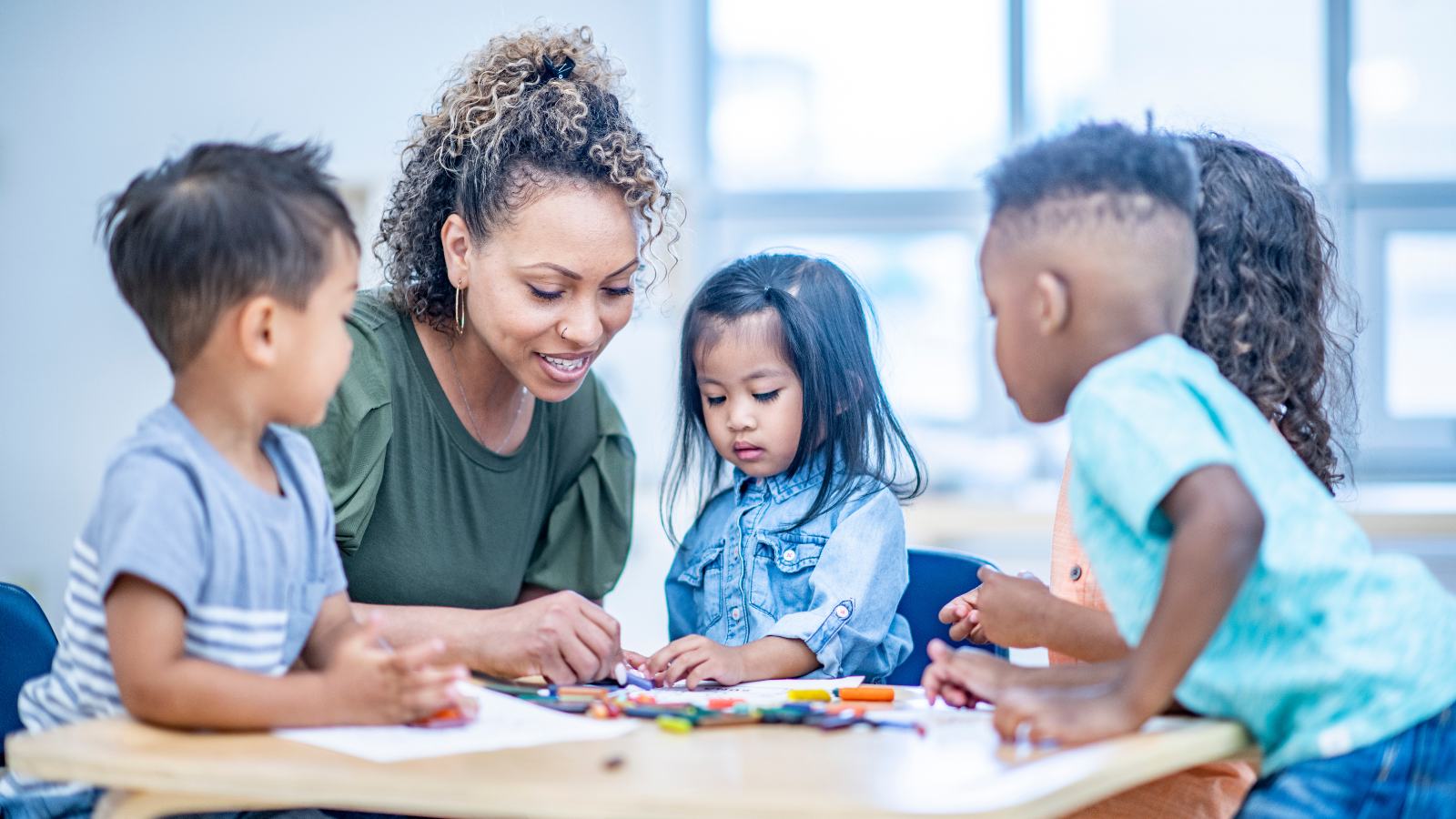Potty training is an essential milestone in early childhood development. However, the potty training process differs with each child and requires time and patience.
There are a few indicators to signal that your child might be ready for potty training. For instance, you’ll begin to change less diapers, their bowel movements will become more regular, and in some cases, your toddler will become uncomfortable with soiled diapers or be vocal about the need to use the bathroom.
Despite the seemingly obvious signs that it’s time to potty train, it’s important to understand that all children will do it at their own pace; therefore, patience is key. Here are a few tips to make your child’s potty training process more manageable.
Start with the mechanics
Can your child climb up onto the toilet? Are they able to pull down their pants and pull them up again? These are tricky processes for a child. Be sure to dress them in easy-to-manage clothes to make it stress-free.
Start with having them climb on and off the toilet fully clothed to get a feel for it and build up their confidence. Ensure your child’s feet rest on the floor or stool. Give simple explanations about how to use the toilet. You might also dump the diaper's contents into the toilet to further your point. Let them participate in simple activities like flushing the toilet, which can be essential in getting them excited about using the toilet.

Get a clear action plan from your daycare center and follow through at home
Consistency is key, and you want to be on the same page with your daycare. Therefore, follow the same routine. Daycare centers are governed by schedules, including potty breaks, lunch breaks, and playtime. As such, it’s essential to follow this schedule even on days when children stay home to help them master this vital life skill.
For example, if potty time is after meals and before naps at the daycare center, keep the same timing at home. If your child uses a full-sized toilet with potty seats at their daycare center, consider foregoing the plastic toddler toilet at home too. This allows your child to become more comfortable with a regular toilet and makes it much easier to use a public restroom.
If you are a toddler teacher, recording the children's daily activities is crucial to strengthening the family-teacher partnership. With brightwheel's daily report feature, you can keep families up-to-date on their child’s day and toileting schedule. Easily log photos, learning milestones, or notes directly in the brightwheel app and send daily summaries to families each day.
Maintain clear communication with your childcare provider about the process
When you’re back to daycare on Mondays, provide caregivers and administrators with a report on how potty training went over the weekend. Open communication between parents and caregivers is key to ensuring consistency. This teamwork will give your child a positive potty training experience.
Toddler Daily Sheet
Use this template to document a child's meals, naps, and potty training updates throughout the day.
Don’t force it if your child isn’t ready
Your child will probably come around when they see other children or older siblings succeeding on the potty, but turning the process into a power struggle won’t work. Most children are ready for potty training after their second birthday, with most fully mastering the process by age three.
Keep in mind that girls usually have an easier time with the process and are ready for it sooner than boys. This is because girls tend to develop language and physical skills faster than boys and only have to master one position on the toilet. The mechanics are a bit more complicated for boys.
Don’t use training diapers
Cold turkey is the best practice here; it makes it less confusing for your child. They need to feel how uncomfortable wet undies are for the process to sink in.
Mind the language you use
When potty training, use correct anatomical terminology for body parts and ensure the language is consistent with the terms used at daycare. Whatever your language preferences, avoid negative connotations of the process like “stinky” or “gross,” as this can slow down the potty training process. Be sure to make your child feel like this is a normal process and not something that is embarrassing. This will make the transition easier.
Learn how to deal with accidents
Always remember patience is vital to the potty training experience. Sometimes there will be accidents, but try not to show frustration because it might lead to a setback in progress. When accidents occur, reassure your toddler that accidents are nothing to worry about and next time, they can tell you sooner when they need to go.

Reward progress
Using a sticker chart to reward progress can also be a helpful tool when potty training. For instance, if a day passes without an accident, reward them when they successfully put their pants back on by themselves or tell you on time when they need to go. Also, showering your child with lots of praise builds their confidence, and the satisfaction from their accomplishments will boost your child’s confidence and quicken the process.
Give your child a balanced diet
The “number two” part of the process can be challenging for some children, especially if they don’t have a balanced diet. If they have a painful time pooping, they might start withholding their bowel movements, which is dangerous. Instead, incorporate fresh fruits, plenty of fiber, vegetables, and lots of drinking water in their diet. If the pain persists, visit your pediatrician.
Choose the right potty for your child
Potty training can be challenging, but having the right potty for your child can simplify your life. Opt for a potty that fits their age—not too big or too small. Many children dislike adult toilets due to their size, temperature, and noise. While they're still small, choose a toilet seat with a ladder to help them comfortably get on and off. For an added touch, select their favorite color or one featuring their beloved cartoon character.
Enjoy the process
This process is painless for some, but it might take longer for others. So take it one day at a time, and know there will be setbacks along the way. This is where your endless supply of parental patience will come in handy.
FAQs about potty training children
When is the right time to start potty training?
There is no set time for potty training as it varies from child to child; instead, watch out for signs indicating your child is ready to be potty trained. However, talk to your doctor if your child is four years or older and hasn’t adapted to the potty.
When can I start night potty training?
Nighttime potty training can typically take longer to achieve. Consider waiting until your child can reliably use the potty during the day before trying to master night potty training.
How do I handle accidents?
Accidents are normal and bound to happen during the potty training process. Instead of scolding your child, be calm and relaxed about it. Avoid drawing attention to the accident and clean them up and give words of encouragement for next time. It’s also a good idea to always be prepared with a clean change of clothes and underwear.
What can I do if my child continues to wet their bed?
This is common in young children because they may still be developing their nighttime bladder control. If this continues:
- Avoid giving your child drinks two hours before bedtime
- Encourage your child to use the bathroom before bedtime
- If possible, wake up your child to use the bathroom in the middle of the night
- Praise them when they stay dry
- Use a waterproof mattress protector
- Be patient with them
Conclusion
The potty training process can be challenging and timing differs with each child. Take it one day at a time and know there will be setbacks along the way. However, remember to exercise patience throughout the process. With time, your child will get the hang of it!
Brightwheel is the complete solution for early education providers, enabling you to streamline your center’s operations and build a stand-out reputation. Brightwheel connects the most critical aspects of running your center—including sign in and out, parent communications, tuition billing, and licensing and compliance—in one easy-to-use tool, along with providing best-in-class customer support and coaching. Brightwheel is trusted by thousands of early education centers and millions of parents. Learn more at mybrightwheel.com.








